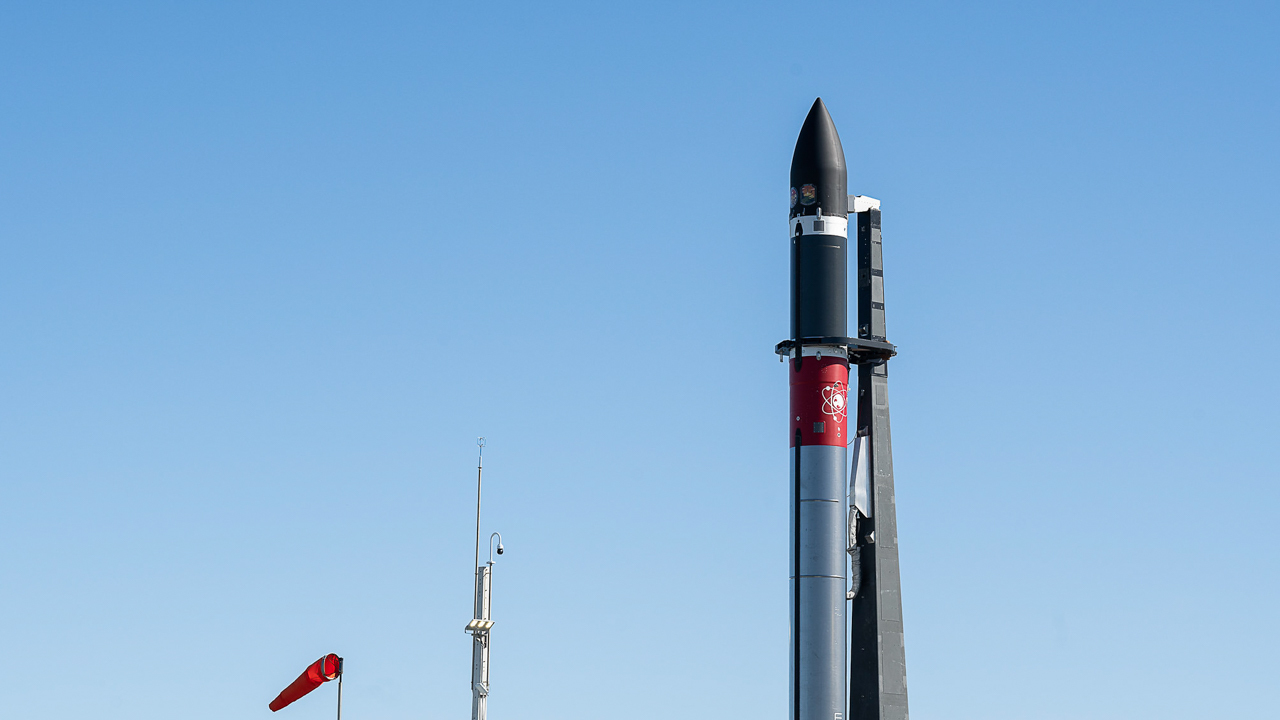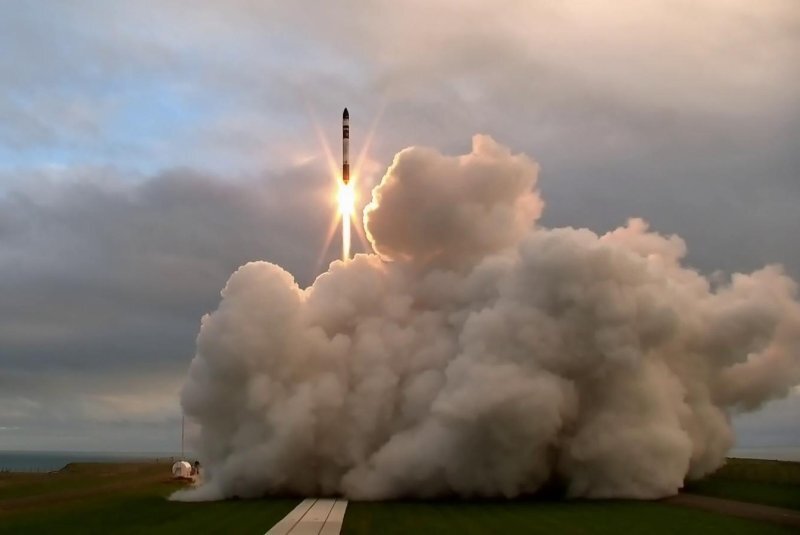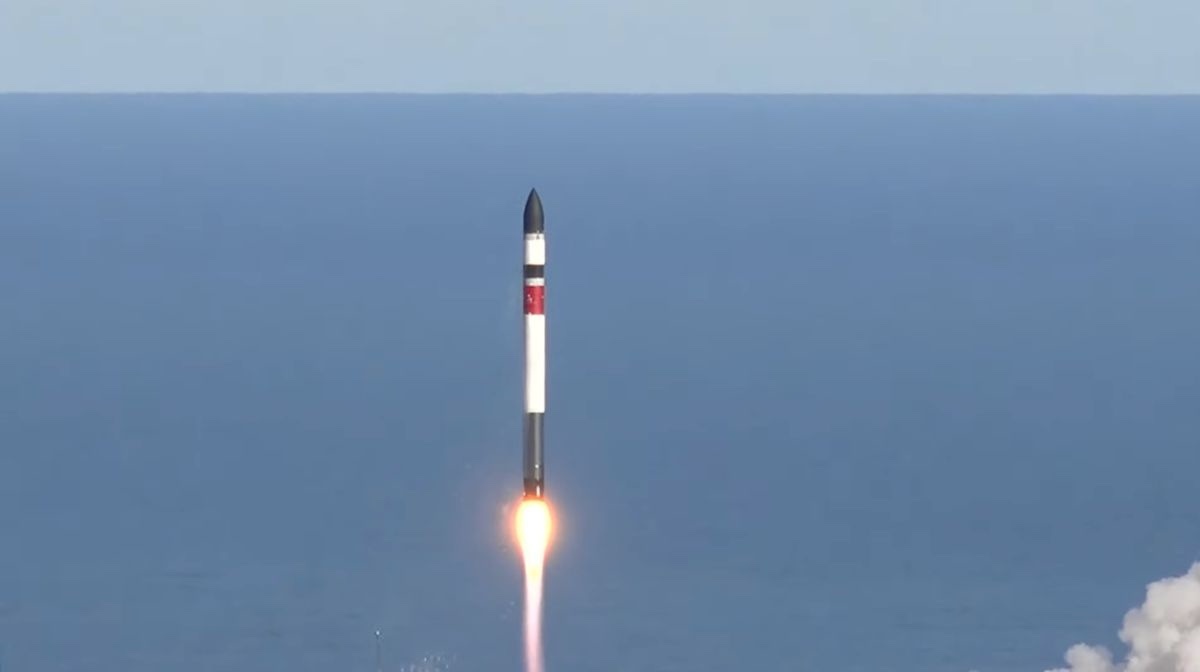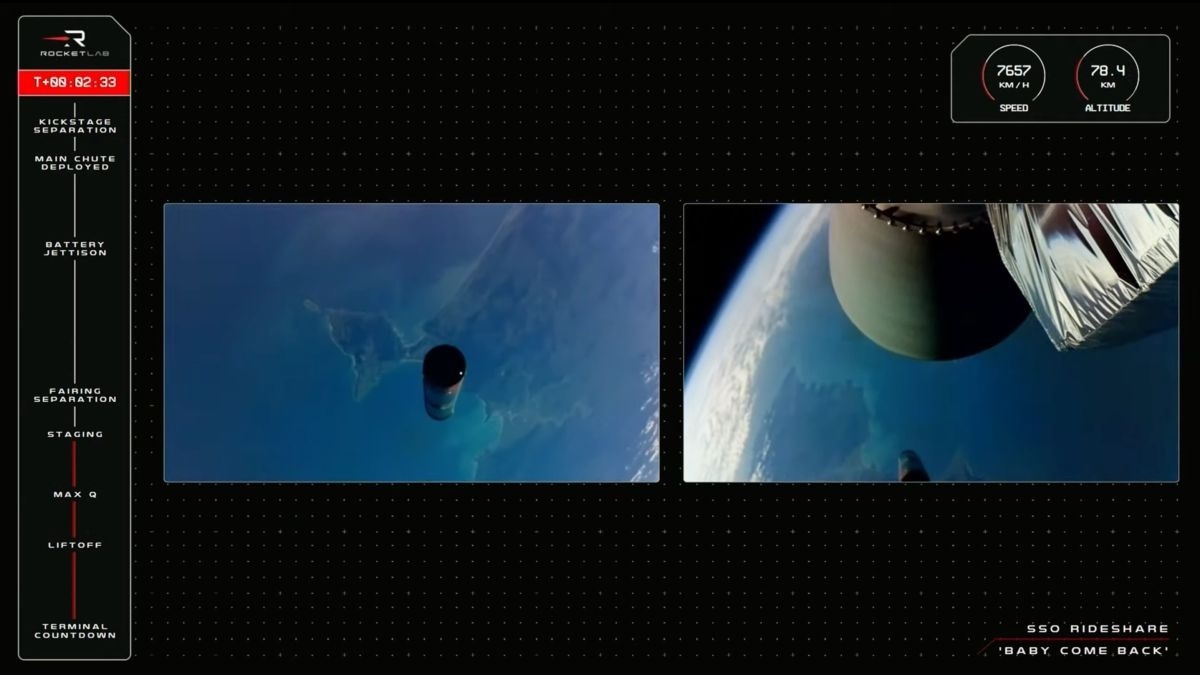6.07.2023
Rocket Lab announces next launch, will attempt first stage recovery

Rocket Lab is expected to launch seven satellites from Launch Complex 1 on the Mahia Peninsula in New Zealand. This will be the 39th overall mission and the seventh of the year.
Following up on their most recent launch, the debut of HASTE, Rocket Lab announced they will launch the “Baby Come Back” mission no earlier than July 14th.
NASA will fly four CubeSats dubbed the Starling mission and will test technologies for future multiple spacecraft missions. This small swarm of satellites will test in-space communications, navigation, and maneuvers between the spacecraft. Proving out this technology will allow NASA to apply these capabilities to future swarm satellite constellations on future missions.
Spire has two 3U CubeSats on board which will carry Global Navigation Satellite System Radio Occultation (GNSS-RO) payloads. These two satellites will be used to replenish the fully deployed constellation of more than 100 multipurpose satellites. The satellites provide global weather intelligence that is used to improve the accuracy of forecasts. Spire is the largest producer of GNSS-RO data.
The final satellite payload on this mission is the Telesat LEO 3 demonstration satellite. Built by Space Flight Laboratory. the LEO 3 satellite will replace the decommissioned LEO 1 satellite and allow Telesat to continue its test campaign of the Telesat Lightspeed constellation.
Rocket Lab will also attempt to recover the first stage of the mission, hence the name “Baby Come Back.” This will be the 2nd recovery attempt of the year after previously successfully recovering the first stage during their 35th mission, “The Beat Goes On.”
Following stage separation, the Electron first stage will use Reaction Control Thrusters to orient itself as it travels back through the dense atmosphere. Unlike the Falcon 9, the Electron does not perform an entry burn or landing burn. Instead, the RCS thrusters make sure the first stage is positioned to best handle the heating and pressures applied and then, at the correct altitude, will deploy a parachute before an eventual soft touchdown in the ocean, where it will be recovered by ship.
Quelle: TESLARATI
----
Update: 13.07.2023
.
Rocket Lab readies launch of seven satellites from New Zealand

California-based Rocket Lab plans to launch seven miniature satellites that will gather data on Earth's atmosphere to improve weather forecasting, replace a decommissioned technology spacecraft and send twin navigation satellites into space.
This mission, which Rocket Lab calls Baby Come Back, will involve a launch on an Electron rocket as early as Friday from New Zealand's Mahia Peninsula during a window that opens at 7:30 p.m. EDT and closes at 9:30 p.m.
However, the rocket company has said the launch could occur up to two weeks after the initial target date.
Rocket Lab will try to repeat recovering the first stage, which will parachute to an ocean splashdown and picked up by customized ship. The booster will then be sent to Rocket Lab's production complex for analysis and, if possible, refurbishment.
Rocket Lab lacks the technology to land a booster on a recovery ship or on land, which SpaceX has pretty much perfected. It did try twice to recover boosters in mid-air via helicopter, but neither attempt succeeded.
During the first try, the helicopter grabbed the booster, but dropped it and it fell into the sea. During a second try, a helicopter pilot called off the attempt because of a temporary telemetry data loss.
"Extensive analysis of returned stages shows that Electron withstands an ocean splashdown ...." a company statement said. "As a result, Rocket Lab is moving forward with marine operations as the primary method of recovering Electron for re-flight."
With its four CubeSat spacecraft set for launch, NASA will test so-called swarm technology -- to demonstrate how satellites can work together on diverse roles with in-space network communications and navigation between spacecraft.
Testing will include autonomous maneuvering to study how small spacecraft perform independent observations, which can support future science missions.
Twin 3U satellites provided by Virginia-based Spire Global Inc. will observe in real time how Earth's turbulent atmosphere interacts with radio waves from GPS satellites. That will make it possible to improve the accuracy of long-term weather forecasts.
A technology demonstration satellite by Canadian provider Telesat will fly to replace a decommissioned prototype and enable the company to continue service to customers of its broadband constellation of low Earth orbit satellites.
As opposed to geostationary satellites, which orbit Earth at an altitude of 22, 300 miles, low Earth orbit satellites at a few hundred miles off the planet can work as communication satellites, too.
Many of them must be used, however, because they cannot carry the large amounts of data needed to relay TV transmissions.
Quelle: UPI
----
Update: 19.07.2023
.
Rocket Lab launches 7 satellites, recovers booster after ocean splashdown


